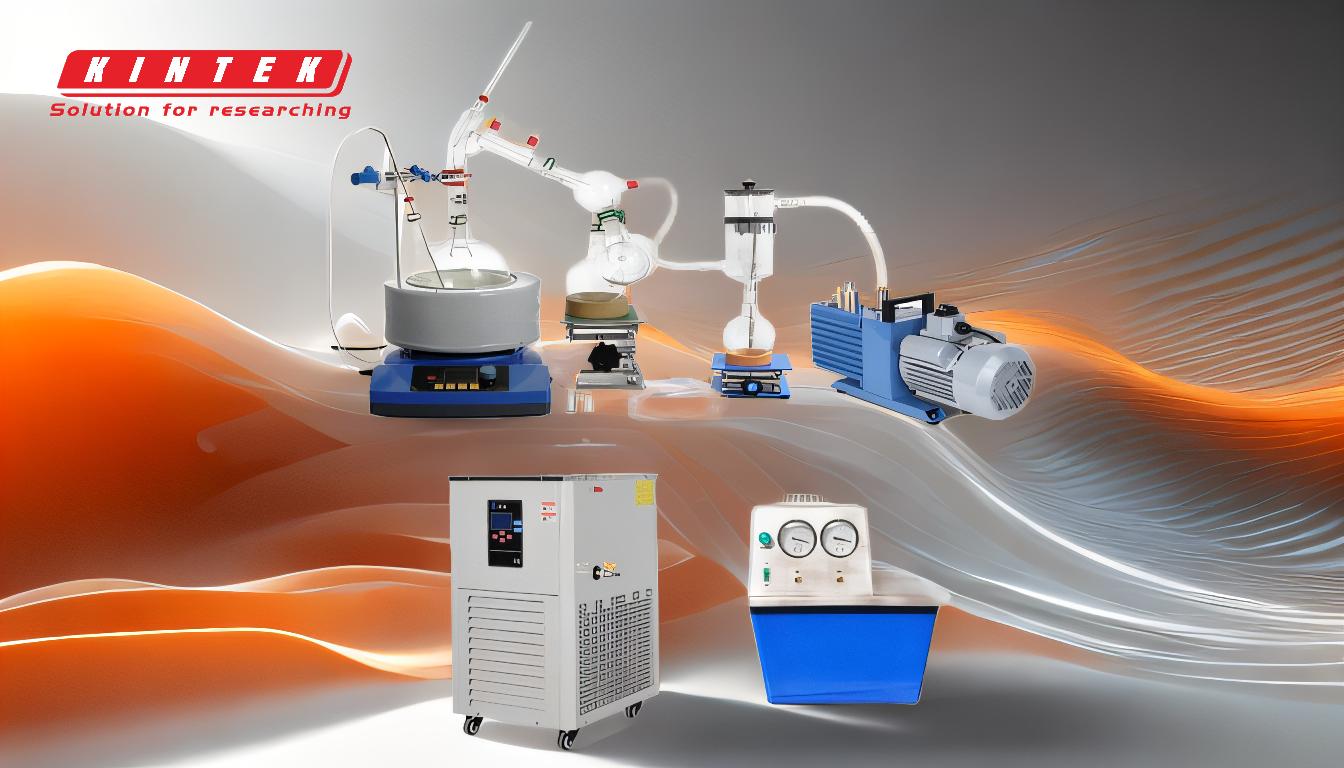Simple distillation is a widely used separation technique, but it has several inherent limitations that affect its efficiency and practicality. The primary issues include low separation efficiency, time-consuming processes, and challenges in handling certain solvents. These limitations stem from the design and operational constraints of simple distillation systems, which often result in incomplete separation, small batch sizes, and difficulties in setup and cleaning. Understanding these problems is crucial for evaluating whether simple distillation is suitable for specific applications or if alternative methods like fractional or molecular distillation should be considered.
Key Points Explained:

-
Low Separation Efficiency
- Simple distillation relies on differences in boiling points to separate components. However, it is less effective for mixtures with components that have similar boiling points or form azeotropes.
- The design of simple distillation apparatus often lacks the precision needed for high separation efficiency, leading to incomplete separation of components.
- This limitation is particularly problematic in industries requiring high-purity products, such as pharmaceuticals or fine chemicals.
-
Time-Consuming Process
- Simple distillation is often slower compared to advanced distillation methods like fractional or molecular distillation.
- The process requires careful temperature control and monitoring, which can extend production time.
- Cleaning and setting up the apparatus between batches further contribute to inefficiency, making it less suitable for high-throughput operations.
-
Small Batch Sizes
- Traditional simple distillation systems are typically designed for small-scale operations, limiting their applicability in industrial settings.
- The small batch sizes make it impractical for large-scale production, where continuous feed systems or larger capacities are required.
- This limitation also increases the cost per unit of production, reducing its economic viability for certain applications.
-
Challenges with Solvent Removal
- Removing solvents using simple distillation can be tedious and inefficient, especially for volatile or low-boiling-point solvents.
- The short distance between the evaporation flask and the receiving flask in some setups can lead to the loss of extracted solvents, reducing yield and efficiency.
- The setup and cleaning of the apparatus further complicate the process, making it less user-friendly for routine operations.
-
Inconsistencies in Performance
- Due to the small size and design limitations of simple distillation systems, inconsistencies in separation quality and product yield are common.
- These inconsistencies can affect the reliability of the process, particularly in applications requiring precise and repeatable results.
- Advanced distillation methods, such as short path or molecular distillation, often provide more consistent performance but come with their own set of limitations.
In summary, while simple distillation is a straightforward and accessible method for separating mixtures, its limitations in separation efficiency, time consumption, batch size, solvent handling, and consistency make it less suitable for demanding applications. For industries requiring high purity, large-scale production, or efficient solvent removal, alternative distillation methods or process optimizations may be necessary.
Summary Table:
| Limitation | Key Issues |
|---|---|
| Low Separation Efficiency | Ineffective for similar boiling points, incomplete separation, poor precision |
| Time-Consuming Process | Slow operation, requires careful temperature control, frequent setup/cleaning |
| Small Batch Sizes | Limited to small-scale operations, impractical for industrial applications |
| Challenges with Solvents | Tedious solvent removal, volatile solvent loss, inefficiency in yield |
| Inconsistent Performance | Variability in separation quality, unreliable for precise applications |
Looking for a more efficient distillation solution? Contact us today to explore advanced alternatives!









